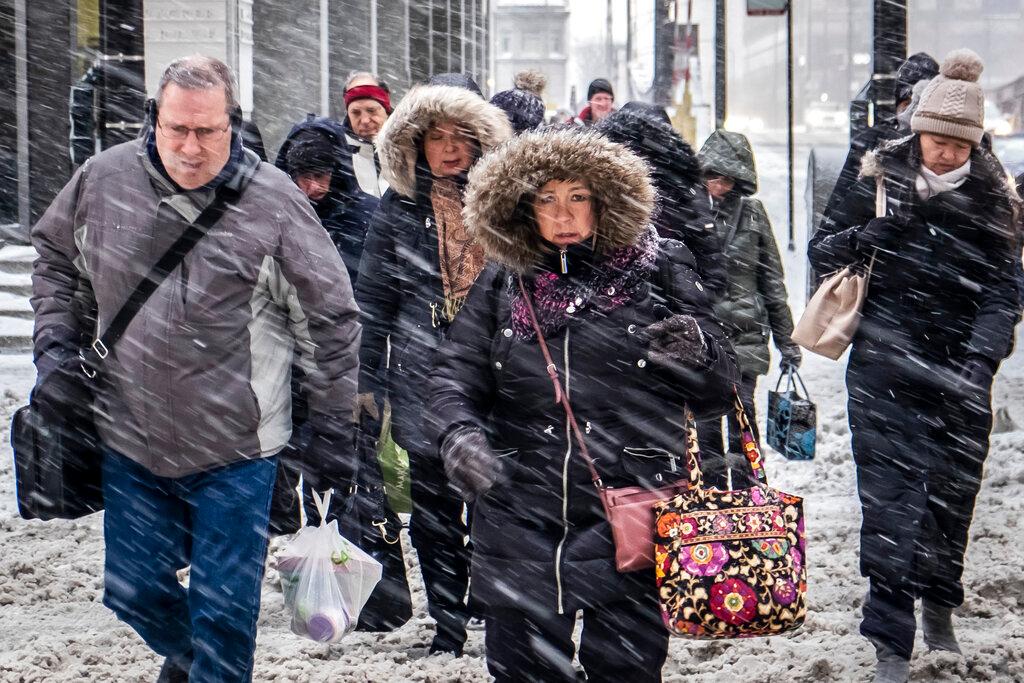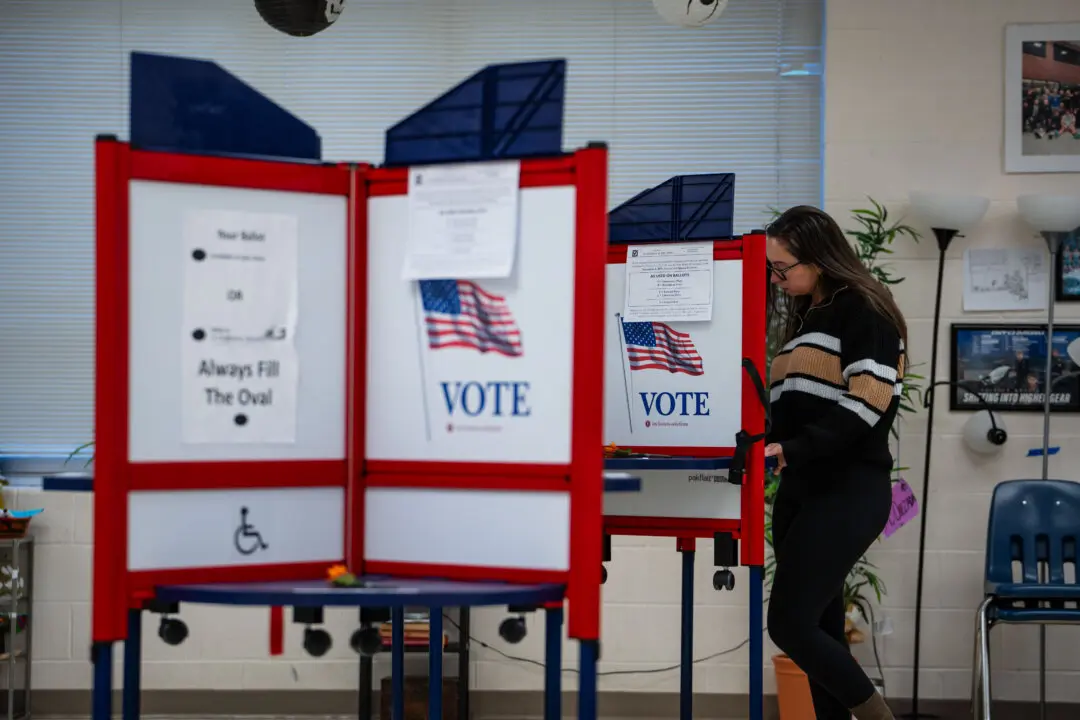The so-called “polar vortex” cold snap affecting primarily the Midwest and the northern United States can cause severe frostbite in just a few minutes.
The Midwest will be the worst hit, and Chicago is forecast to see a high of -12 degrees and a low of around -22 degrees Fahrenheit on Wednesday. Other cities like Milwaukee, Detroit, Minneapolis (which could see a low of -30), and Des Moines will endure similar, frigid conditions.





